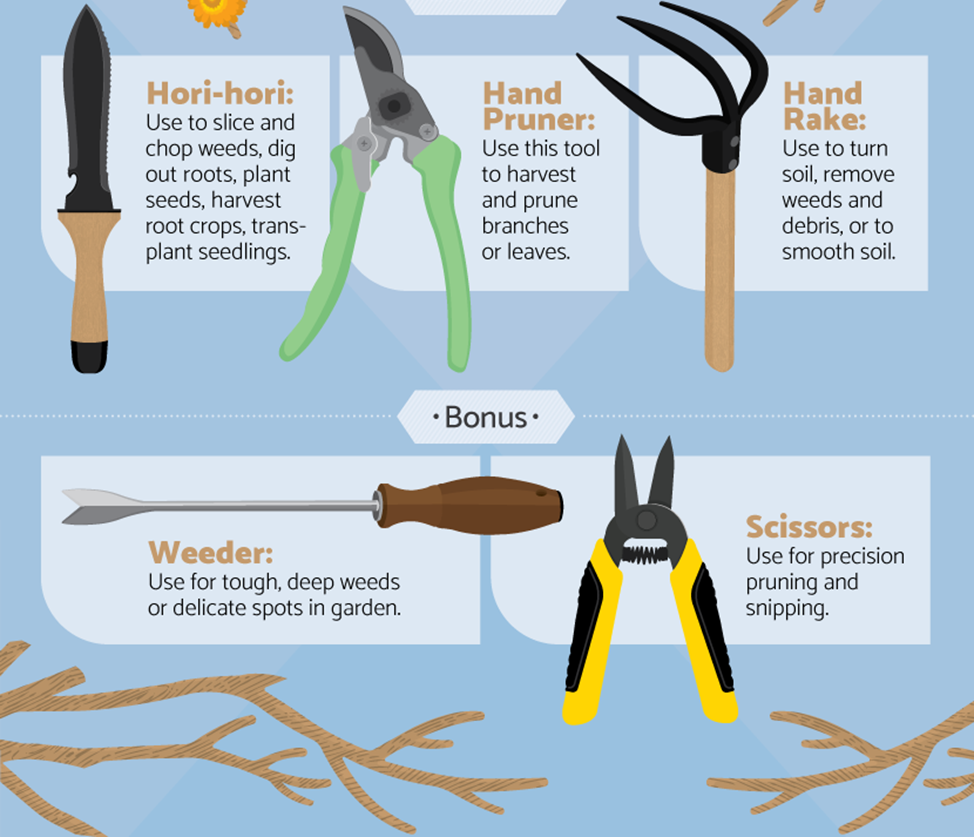The techniques of using hand tools are explained – 2

Audio
Select the Right Tool for the Job: Examples of unsafe practices are: Striking hardened faces of hand tools together (such as using a carpenter’s hammer to strike another hammer, hatchet, or metal chisel), using a file for a pry, a wrench for a hammer, using a ‘cheater’, and pliers instead of the proper wrench.
Use Tools the Right Way: Screw drivers applied to objects held in the hand, knives pulled toward the body, and failure to ground electrical equipment are common causes of accidents.
Never alter your tools: Never remove guards or disable safety devices on power tools. Don’t paint or cover up your tools as this could prevent you from noticing chips or cracks.
Handle with care: Tools are not toys. Never throw or toss a tool in the direction of or directly to a coworker. Never use electrical cords to lower or lift a tool to get it to a workspace.
Maintain a safe distance: When working with hand or power tools be sure you have enough room to safely operate without coming into contact with other objects or coworkers.
